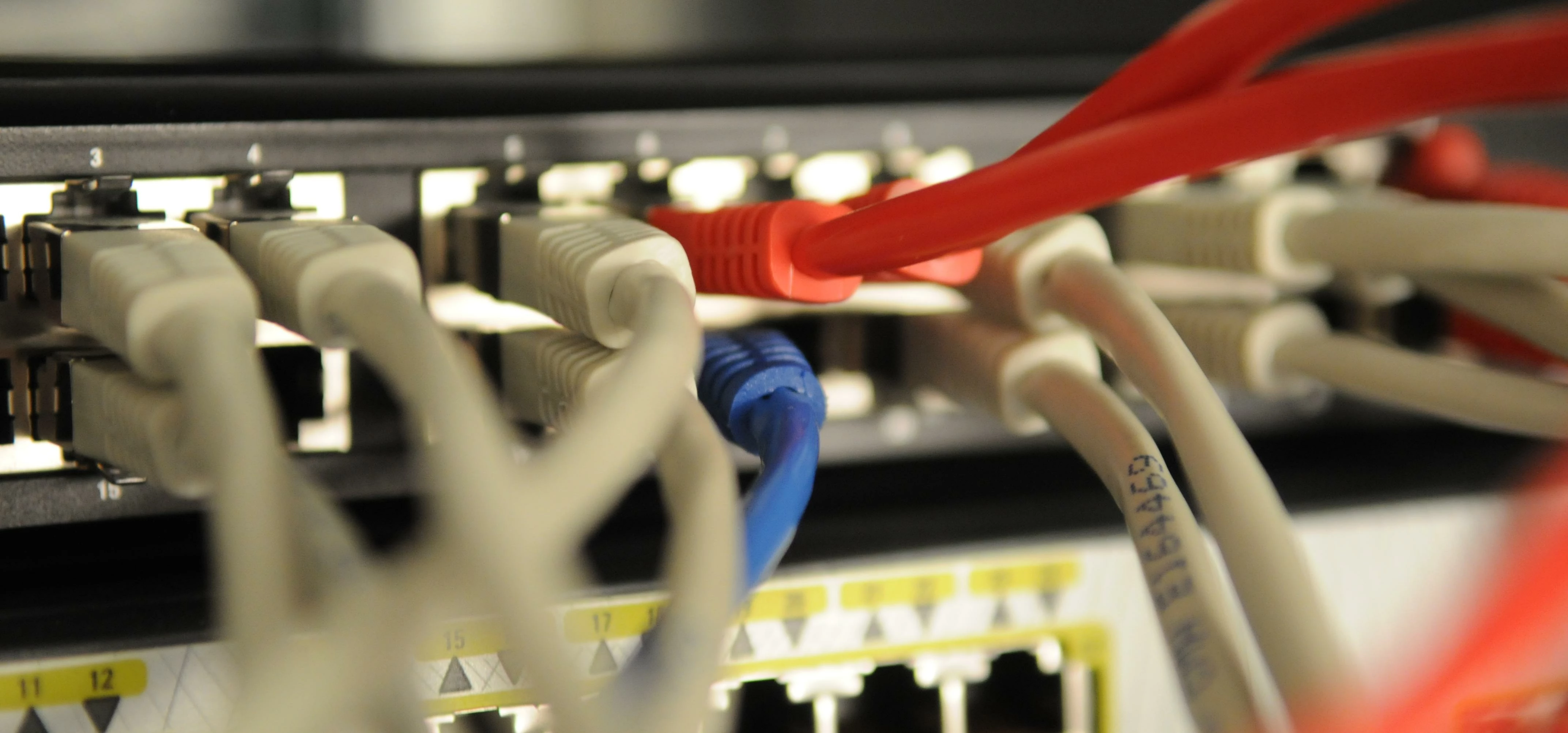
Partner Article
The ROI of network monitoring
ROI is the magic abbreviation for any manager: “Return on Investment” provides a simple calculation of how much return an investment provides relative to its cost. When it comes to an IT monitoring solution, however, the calculations are anything but simple – trying to work out even the approximate value to a business if a mail server is prevented from crashing, for instance, is enough to make your head spin.
Once you’ve tried to work out how much each part of your network would cost you if it went down, something that will vary greatly from business to business, the picture is even harder to attain. And that’s without starting on the benefits from the optimisation of your hardware that you can carry out by collecting long-term data. Nevertheless, it is vital to gain some kind of idea of the monetary value of monitoring if your company is to factor this essential spending into its plans.
At Paessler we’ve tried to come up with a guide that, if used with caution, will help you work out the cost and value of unified monitoring solutions. The first question to ask is, what are the costs incurred by IT failures? There are plenty of studies which have attempted to quantify them. US firm Gartner estimated the average costs for network downtime in 2014 to be $5,600 per minute of downtime, which equates to $300,000 per hour. Meanwhile, in Europe, the collaboration specialist Avaya calculated a similar value in a survey of companies. 81% of the surveyed companies suffered network failures in 2013, which resulted in average costs of approximately 68,000 EUR for 77% of the companies.
However, network downtime has repercussions for a business that go beyond pure financial loss. These vary from company to company but typically include:
- Unavailability of customer support
- Unavailability of the website
- Failure of individual systems while others are still functioning
To this you should then add on the effects of a simple slowdown, by asking questions such as:
- How many clients make purchases in a slow web shop, and how many give up if the page loads too slowly? And how likely are they to come back if they have a less than satisfactory experience?
- What does a slow running or unavailable website say about your brand?
- What is the effect when internal systems run painfully slowly? What is the impact if emails are delayed?
There are some back-of-the-envelope calculations you can make here. For example, if your IT staff are spending four hours a week looking for the source of small outages, at a £50,000 salary that’s already £5,000 a year. Arguably that in itself is enough to justify investment in software applications that would do this job for you.
Leaving aside the massive crashes and the occasional slowdown, however, the longer-term benefits from network monitoring are the most intriguing, and elusive, part of the equation. Unified monitoring solutions do not only alert you to faults in the short-term, but also offer the opportunity to optimise the entire IT infrastructure based on intelligent evaluation of data gathered over time. If, for example, parts of your infrastructure are virtualised, precise knowledge of the bandwidth and memory requirements of the actual applications is essential. By analyzing data gathered over time you can ensure that even temporary peak demands are included.
In terms of quantifying the value of network optimization, ultimately it will depend on the premium you place on your network performing smoothly. But it will certainly be vital in finding the right tool to get your network running at maximum efficiency.
Above and beyond all number games, you should factor in your own experience with outages that could have been prevented by efficient network monitoring. This isn’t about formulae and calculations, but about developing a sense of the costs, financial and otherwise, that could be, or may have already been, incurred through disruptions in your IT systems. And don’t forget the potential added value that a monitoring solution can provide through long-term IT (cost) optimisation. You know your company, your numbers – trust your intuition and think outside the box.
This was posted in Bdaily's Members' News section by Dirk Paessler .








 A year of growth, collaboration and impact
A year of growth, collaboration and impact
 2000 reasons for North East business positivity
2000 reasons for North East business positivity
 How to make your growth strategy deliver in 2026
How to make your growth strategy deliver in 2026
 Powering a new wave of regional screen indies
Powering a new wave of regional screen indies
 A new year and a new outlook for property scene
A new year and a new outlook for property scene
 Zero per cent - but maximum brand exposure
Zero per cent - but maximum brand exposure
 We don’t talk about money stress enough
We don’t talk about money stress enough
 A year of resilience, growth and collaboration
A year of resilience, growth and collaboration
 Apprenticeships: Lower standards risk safety
Apprenticeships: Lower standards risk safety
 Keeping it reel: Creating video in an authenticity era
Keeping it reel: Creating video in an authenticity era
 Budget: Creating a more vibrant market economy
Budget: Creating a more vibrant market economy
 Celebrating excellence and community support
Celebrating excellence and community support